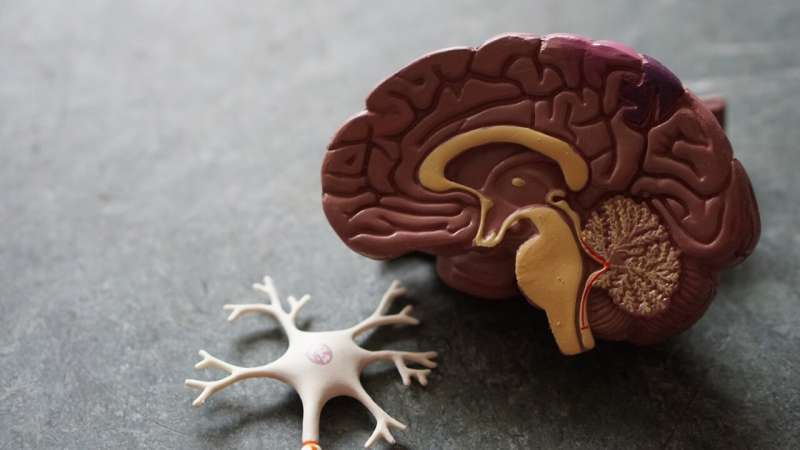Innovative Temporal and Noise-Resilient Methods Enhance Cardiovascular Imaging Accuracy

Discover how Hong Kong researchers have developed MemSAM, an AI model that improves echocardiography image segmentation by addressing noise and temporal consistency challenges, revolutionizing cardiovascular diagnostics.
Cardiovascular diseases remain a leading health concern worldwide, prompting an increased focus on early diagnosis through advanced imaging techniques. Echocardiography, a vital non-invasive diagnostic tool, provides real-time insights into heart function and structure, helping clinicians detect abnormalities promptly. However, interpreting ultrasound images from echocardiograms is often challenging because of speckle noise, artifacts, and unclear boundaries between cardiac structures. These issues demand high expertise and time-consuming analysis, making routine cardiac screening less feasible.
In response, researchers at The Hong Kong Polytechnic University have developed MemSAM, an innovative AI-driven model aimed at improving the segmentation of echocardiography videos. Traditional AI models like Meta AI's Segment Anything Model (SAM) excel in natural image segmentation but face limitations when applied to medical videos, primarily due to noise and temporal inconsistencies. MemSAM addresses these challenges by integrating a space-time memory mechanism, which captures both spatial details and temporal continuity across video frames.
The core of MemSAM’s innovation lies in its temporal-aware prompting scheme, which leverages memory prompts derived from previous frames to guide current segmentation. This approach ensures consistent and accurate identification of cardiac structures despite noise, artifacts, and motion variations. Additionally, MemSAM employs a memory reinforcement strategy that emphasizes foreground features and reduces background noise, further enhancing segmentation reliability.
One of MemSAM’s notable advantages is its ability to perform effectively with limited annotation, typical in clinical settings where exhaustive labeling is impractical. It has demonstrated top-tier performance on standard datasets like CAMUS and EchoNet-Dynamic, often matching the accuracy of fully supervised models while requiring fewer prompts. This semi-supervised capability can significantly streamline clinical workflows, reduce reliance on extensive expert input, and facilitate integration into routine health screenings.
Built on the SAMUS framework—an adaptation of SAM optimized for medical imaging—MemSAM processes echocardiography videos sequentially, using memory prompts rather than external inputs to reduce the annotation burden. Its architecture minimizes the need for dense labeling, making it particularly suitable for real-world clinical applications where quick and reliable analysis is essential.
Future developments aim to improve MemSAM’s robustness in scenarios with poor initial frame quality, as well as to extend its application to other imaging modalities. The technology holds promise for transforming cardiovascular diagnostics by enabling more accessible, accurate, and automated assessment tools, thus improving patient outcomes.
By harnessing the power of advanced AI and innovative memory prompting techniques, MemSAM exemplifies how cutting-edge machine learning can address longstanding challenges in medical imaging, bridging the gap between research and clinical practice.
Stay Updated with Mia's Feed
Get the latest health & wellness insights delivered straight to your inbox.
Related Articles
Neural Bases of Sleep Disturbances Uncovered
New research uncovers the neural circuits responsible for sleep disturbances in neuropsychiatric disorders, highlighting potential pathways for targeted treatments.
New Insights into Challenges of Decentralized Clinical Trials for Patients and Researchers
A groundbreaking study reveals the benefits and challenges of decentralized clinical trials, highlighting impacts on research staff and patient experience. Balancing technology with human support is key to trial success.
Study Finds Pregnant Women in States with Abortion Restrictions Are More Likely to Lack Health Insurance and Access Necessary Care
Research shows that pregnant women in states with abortion restrictions are more likely to be uninsured and lack access to essential healthcare, risking poorer maternal outcomes. The study highlights disparities tied to Medicaid policies and restrictive laws.



